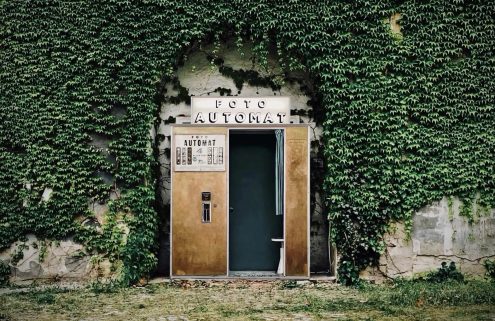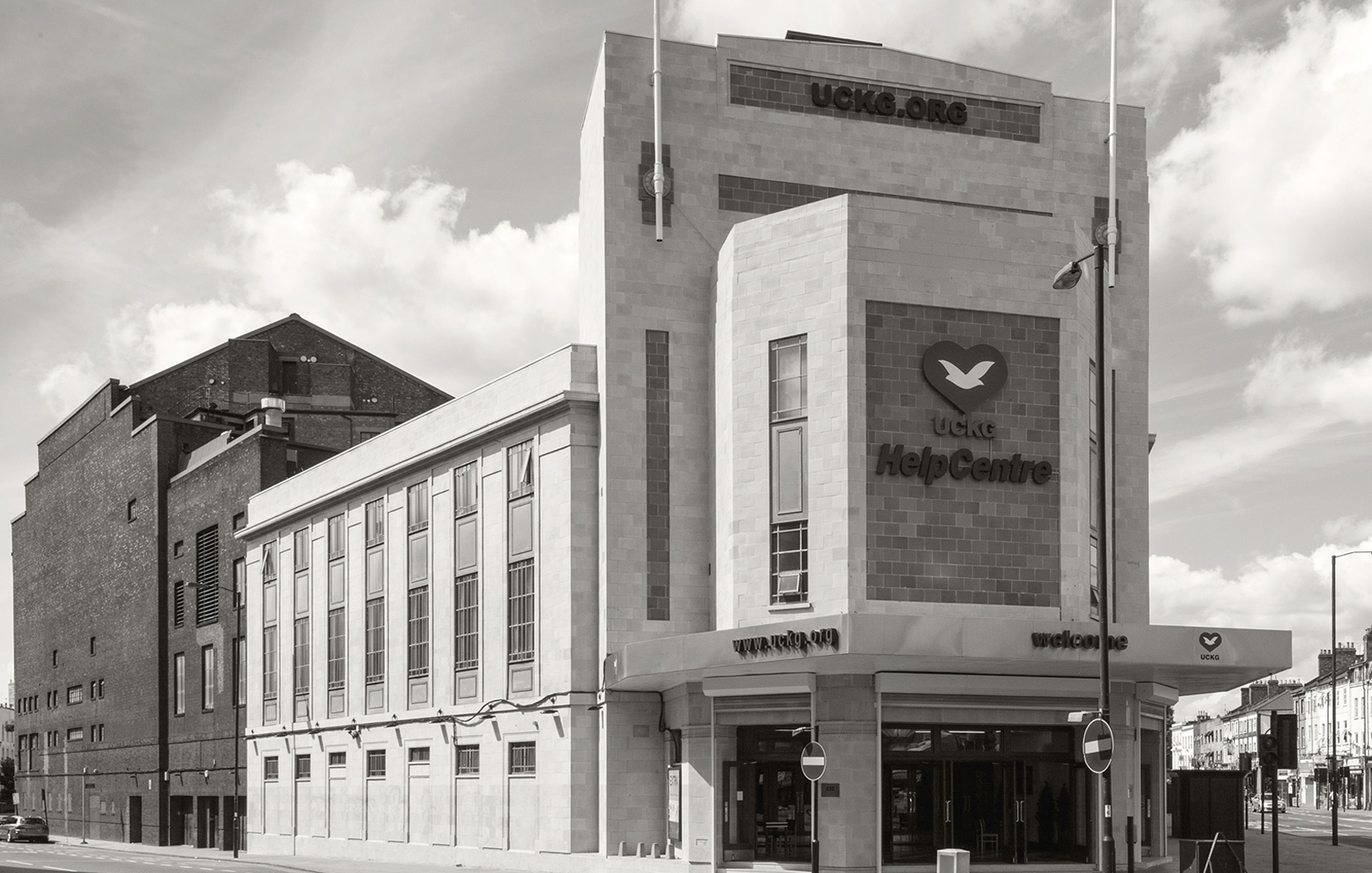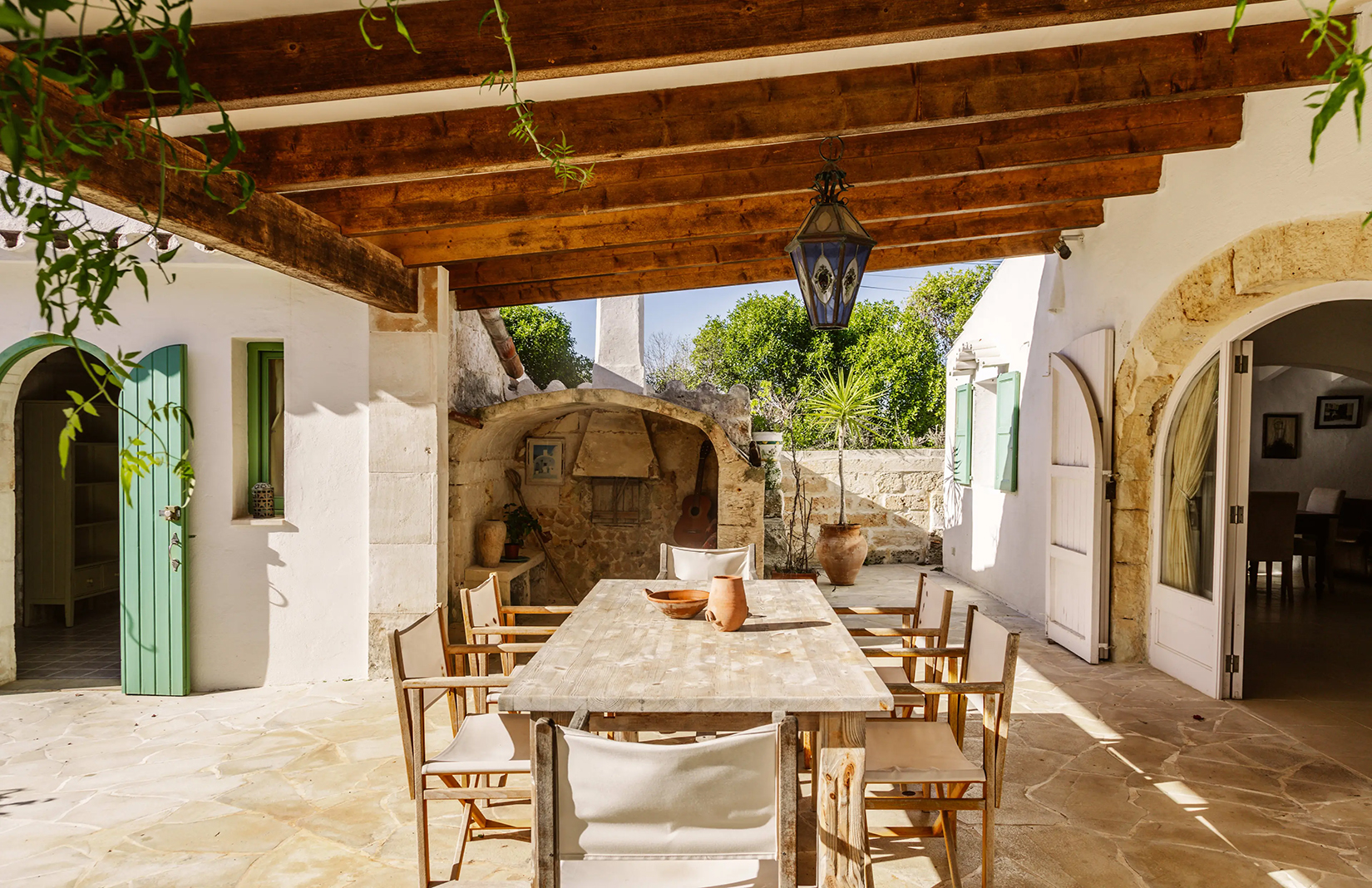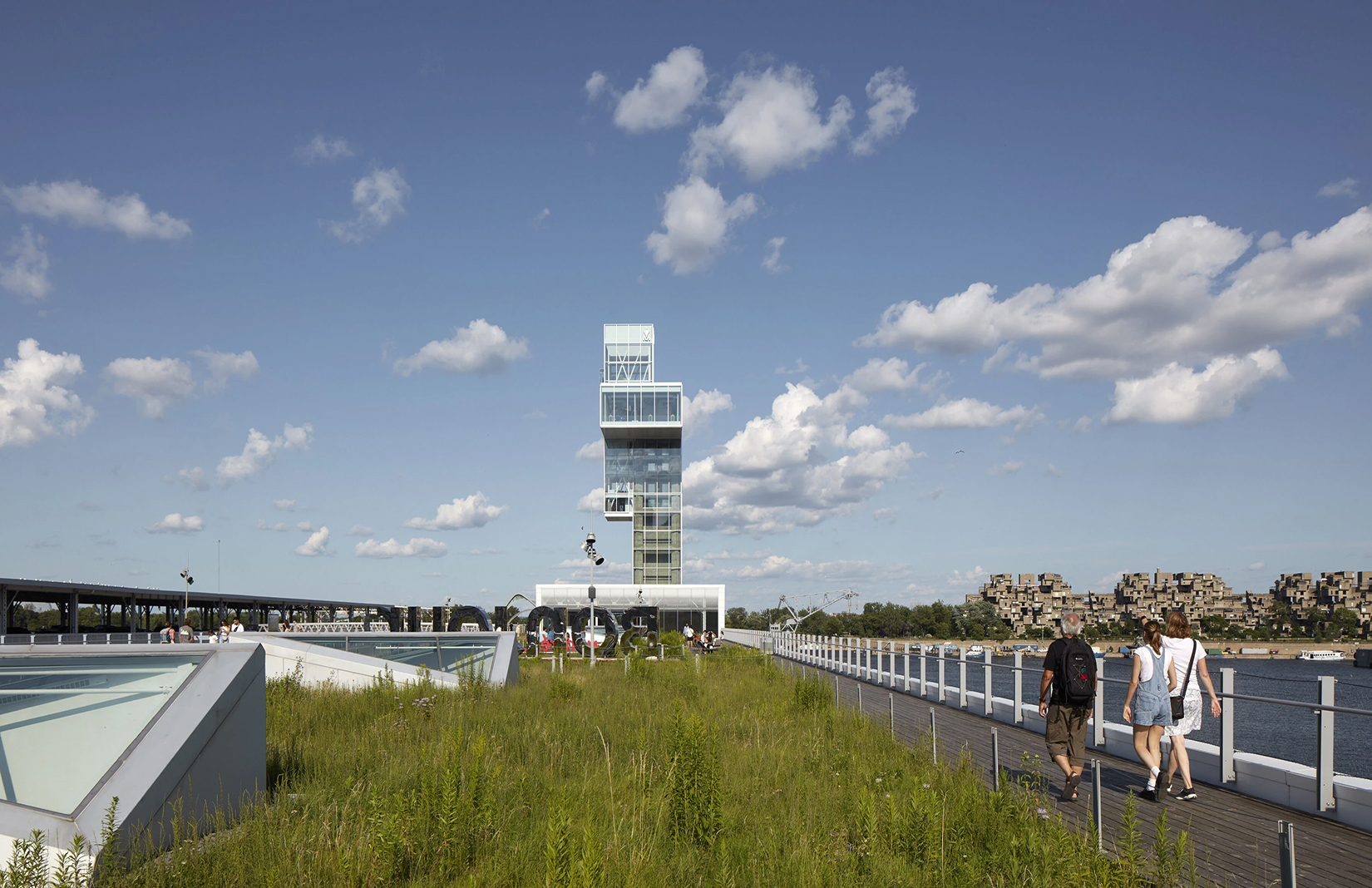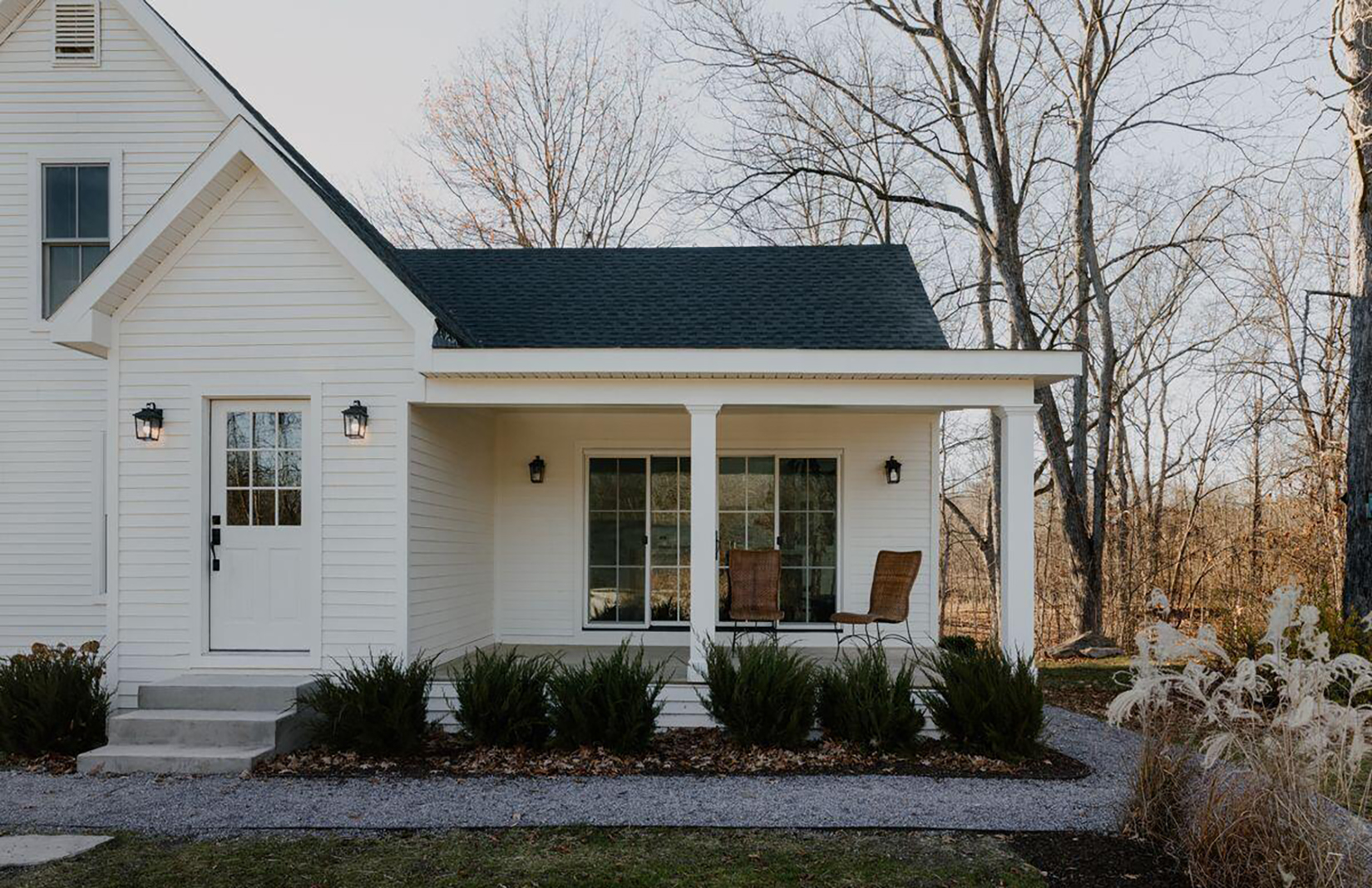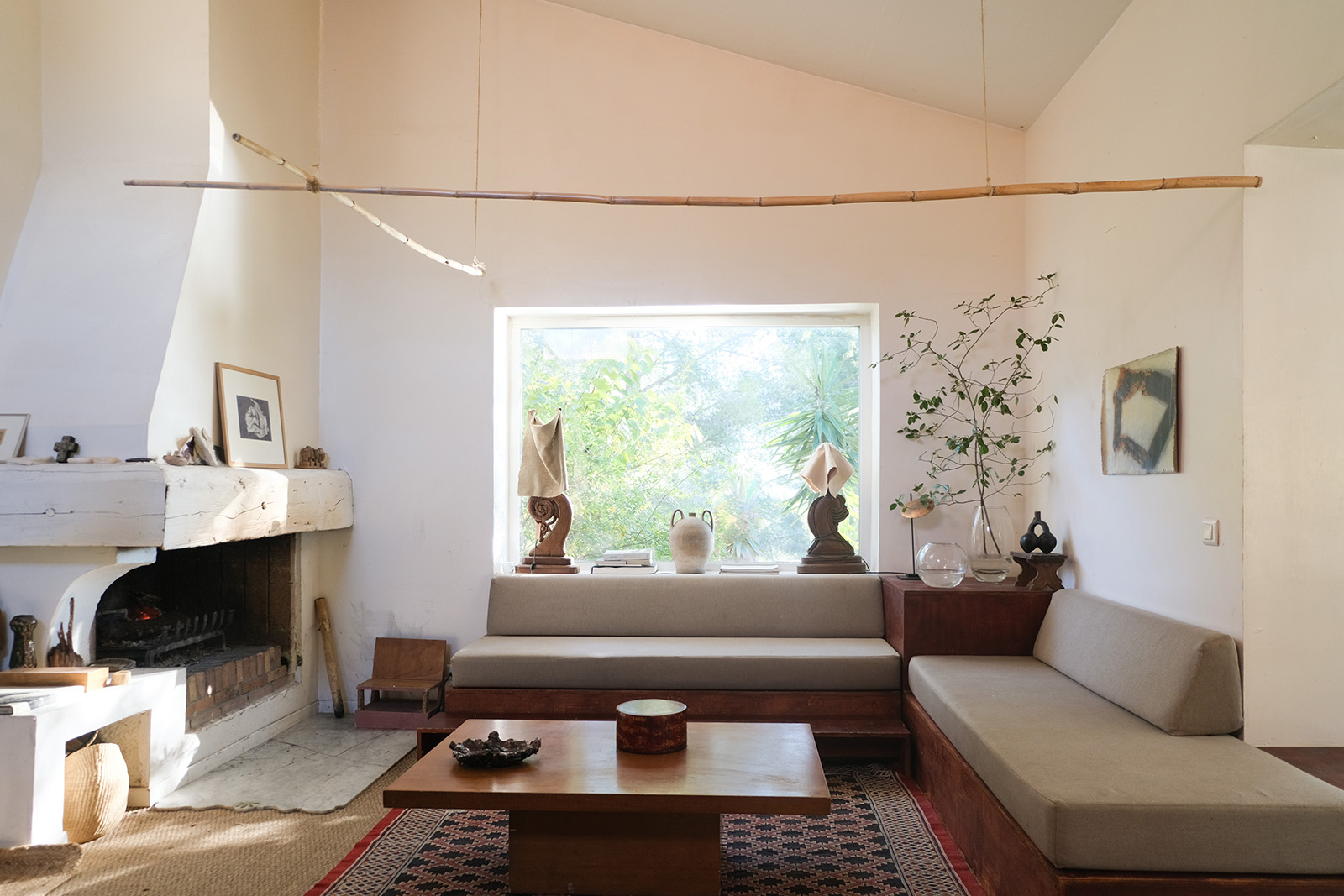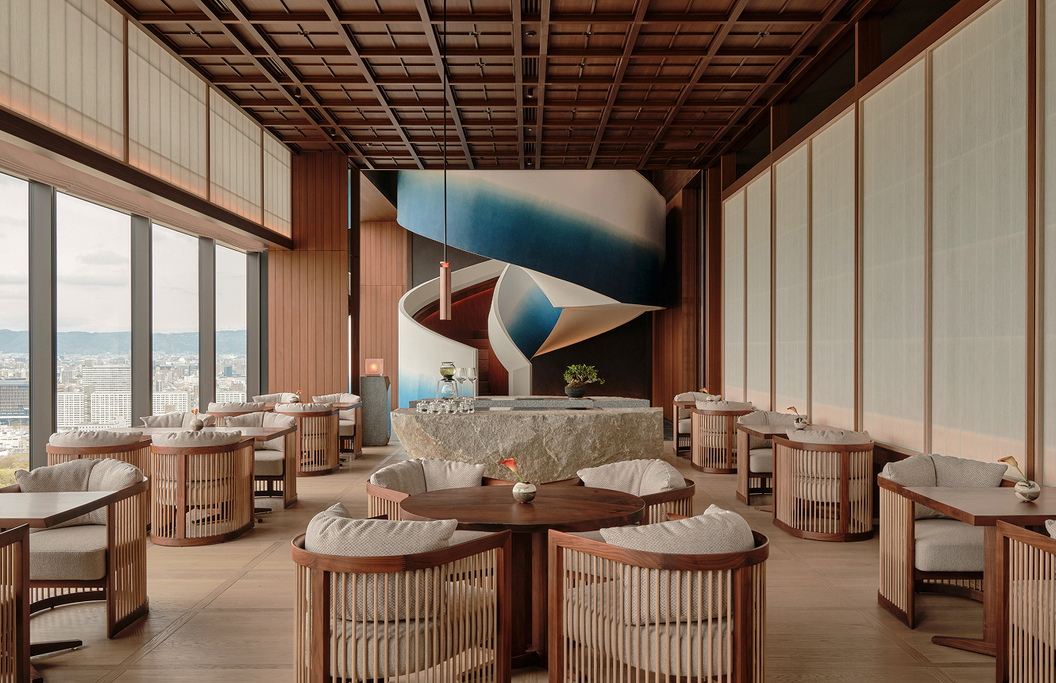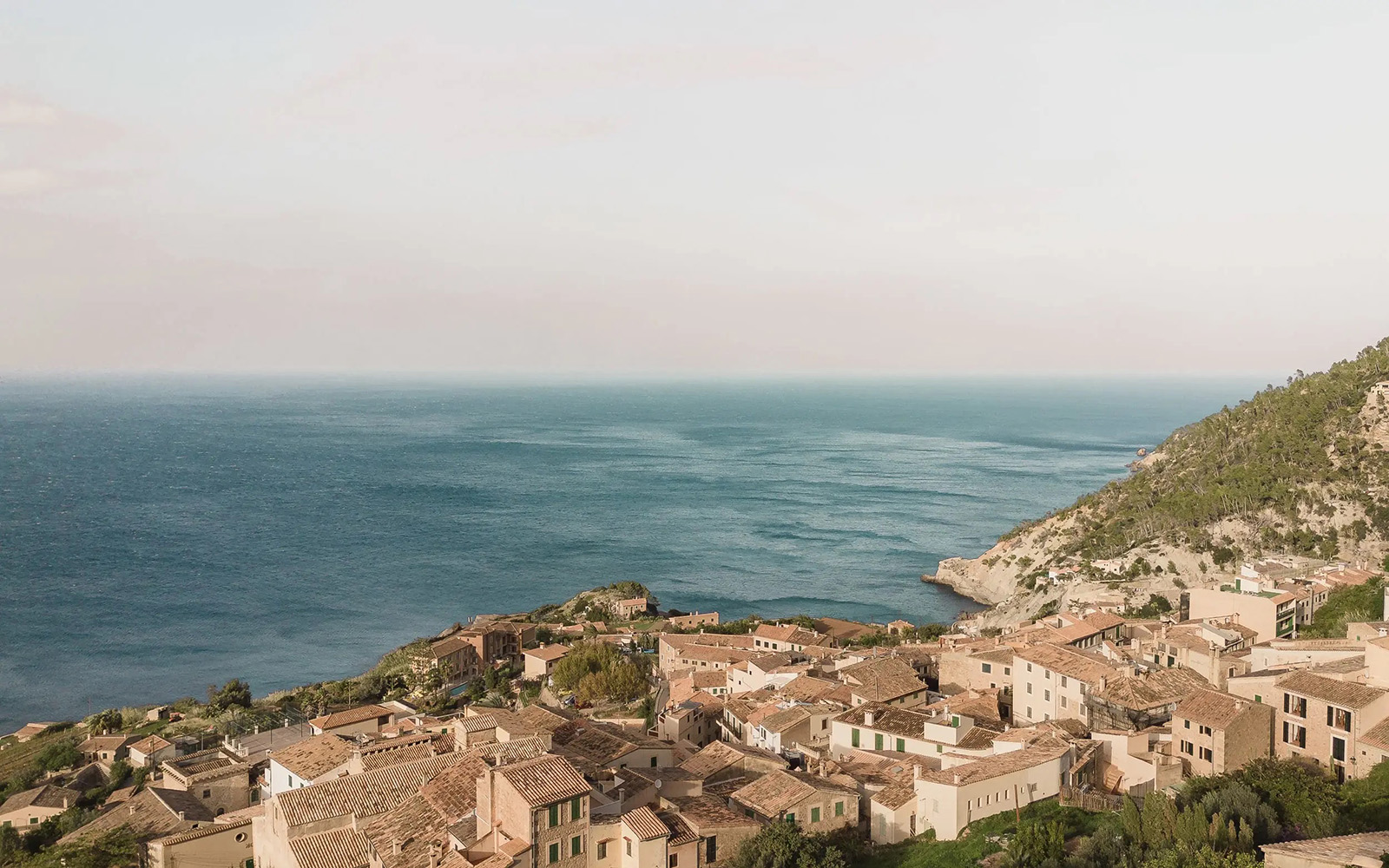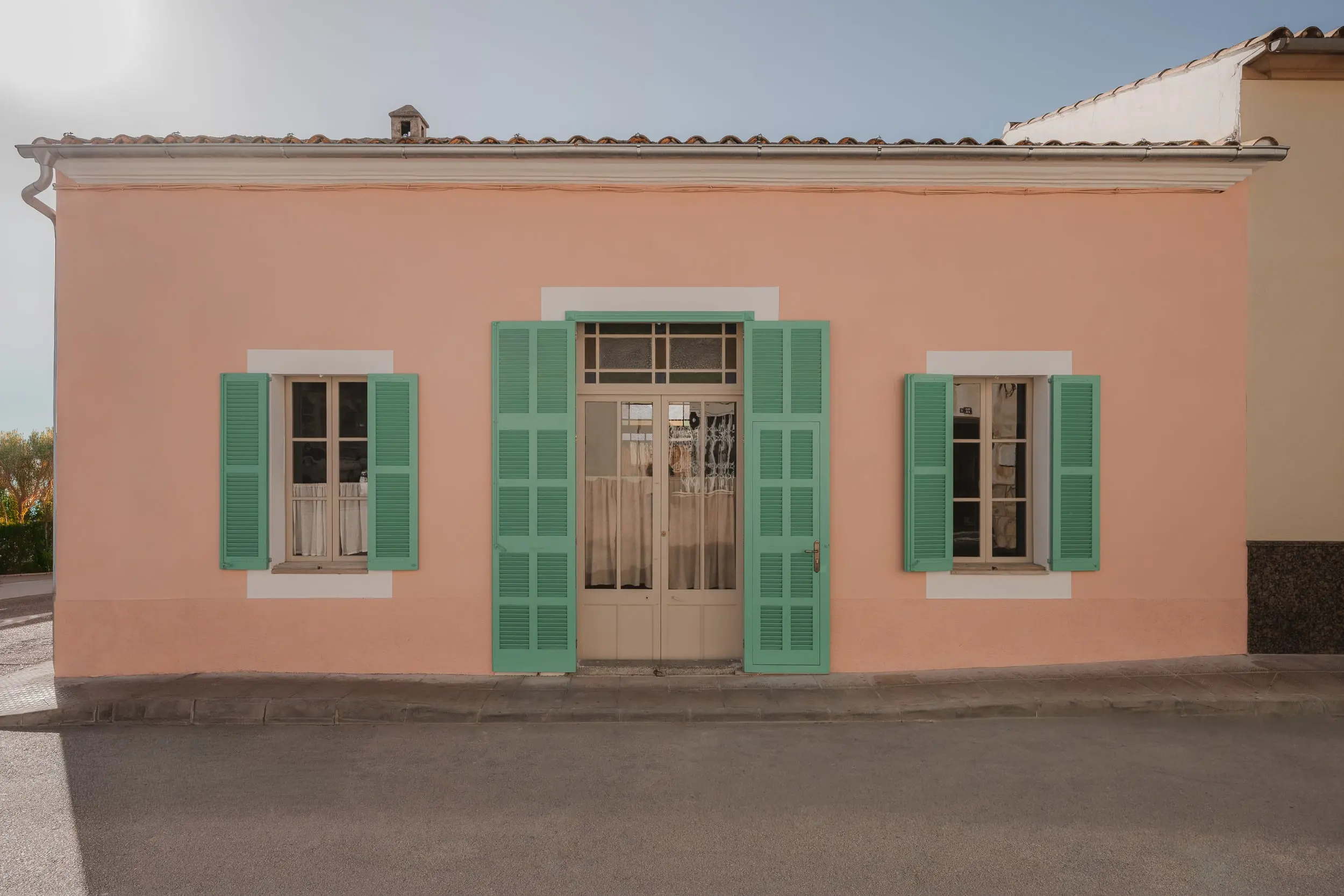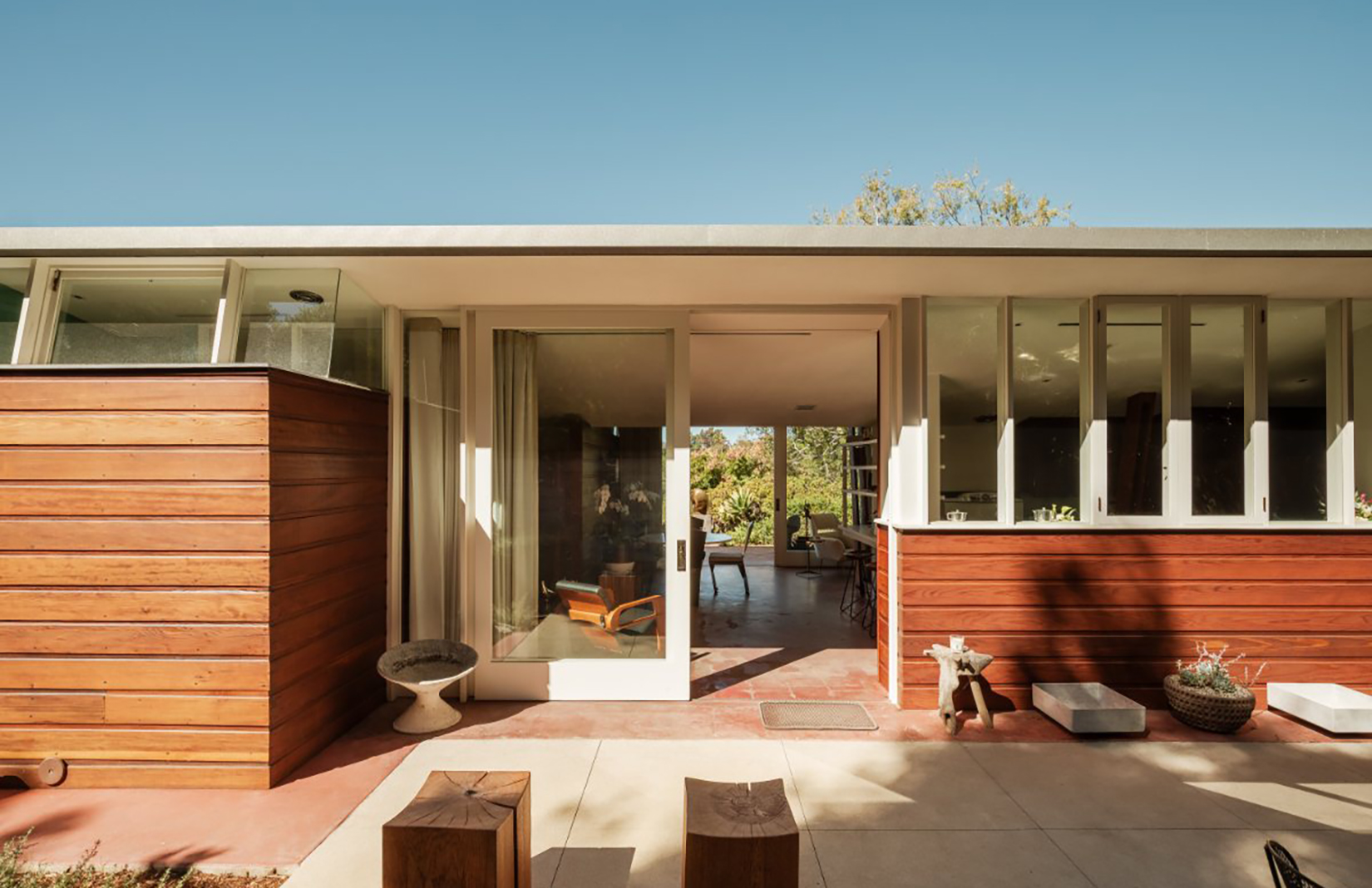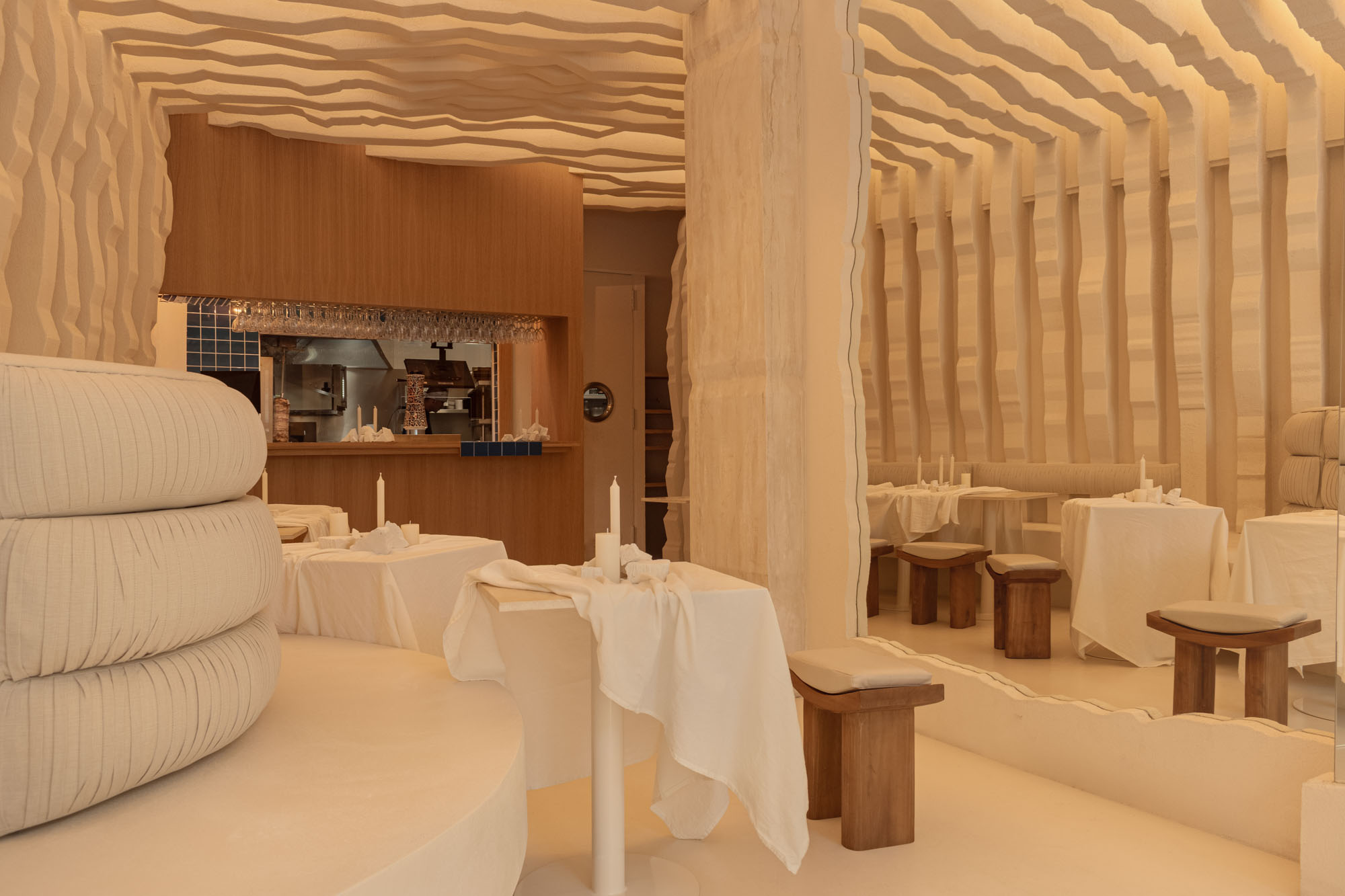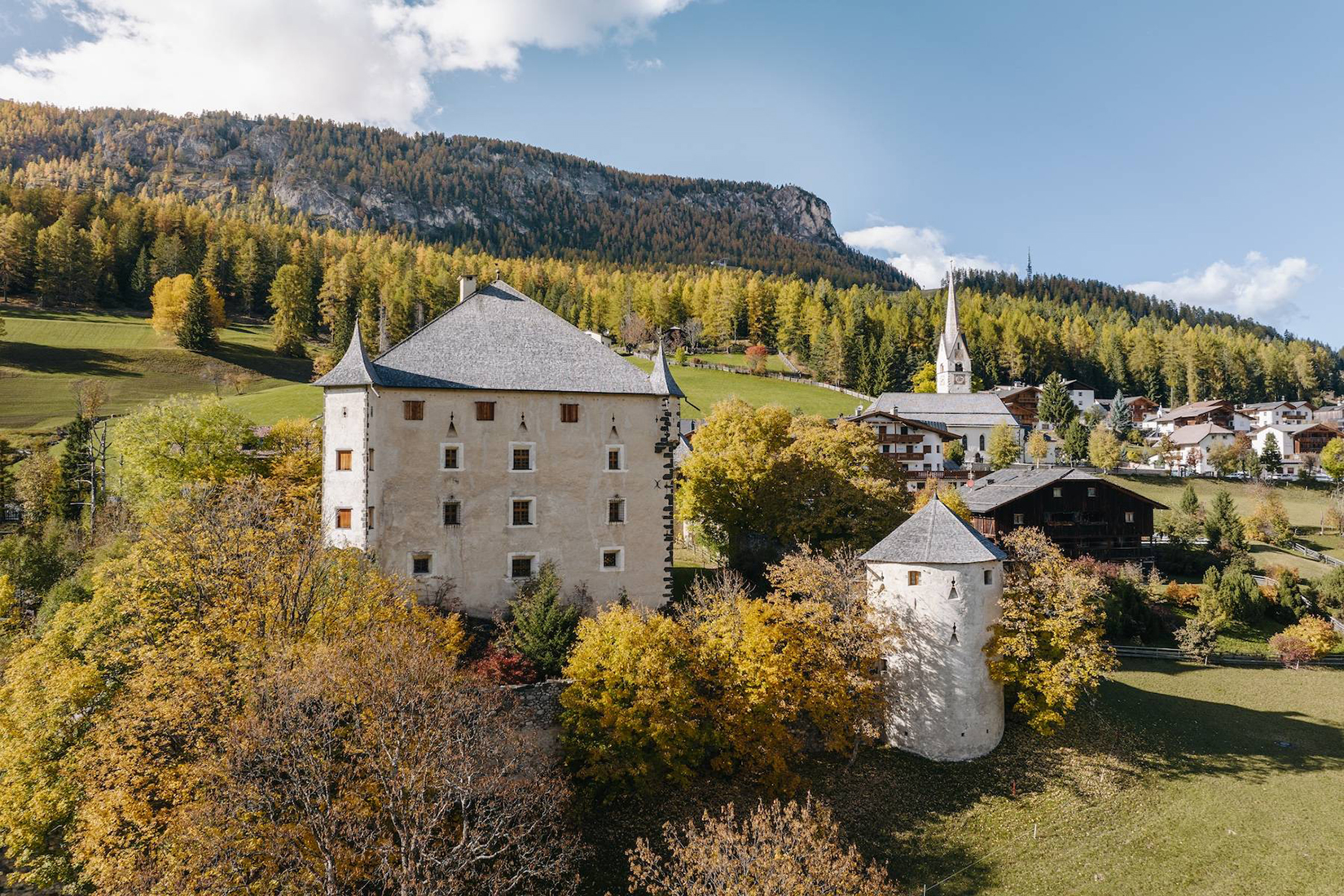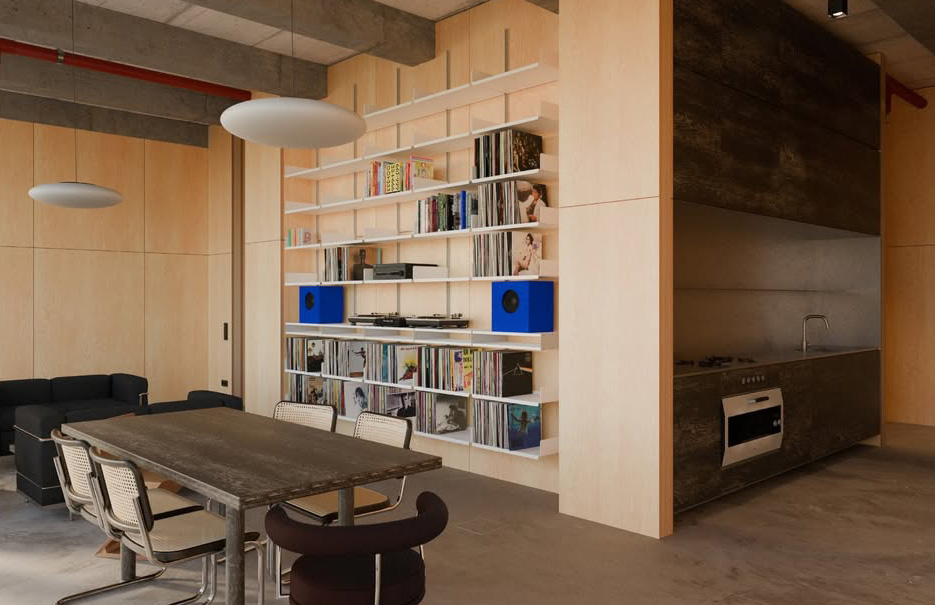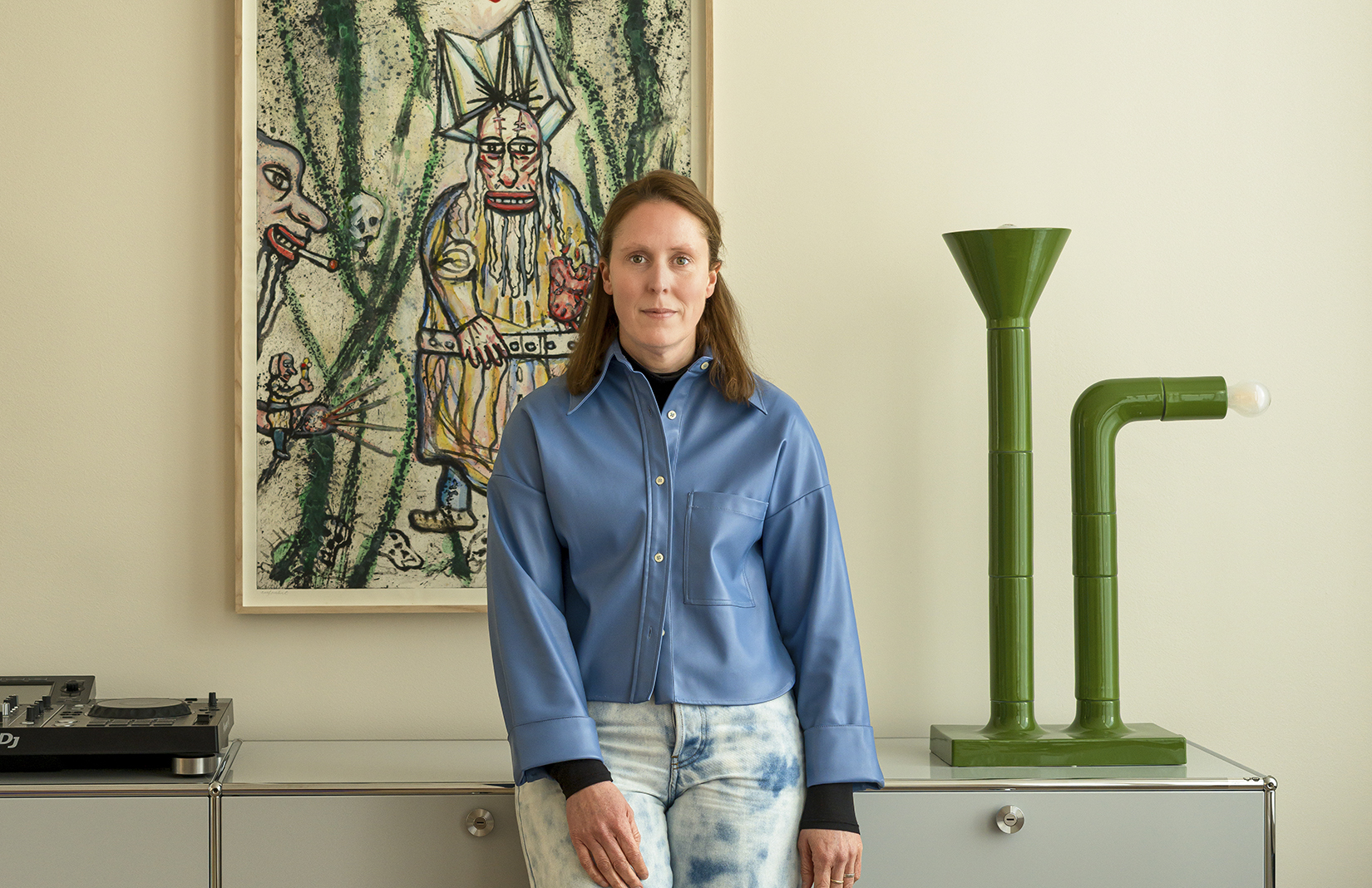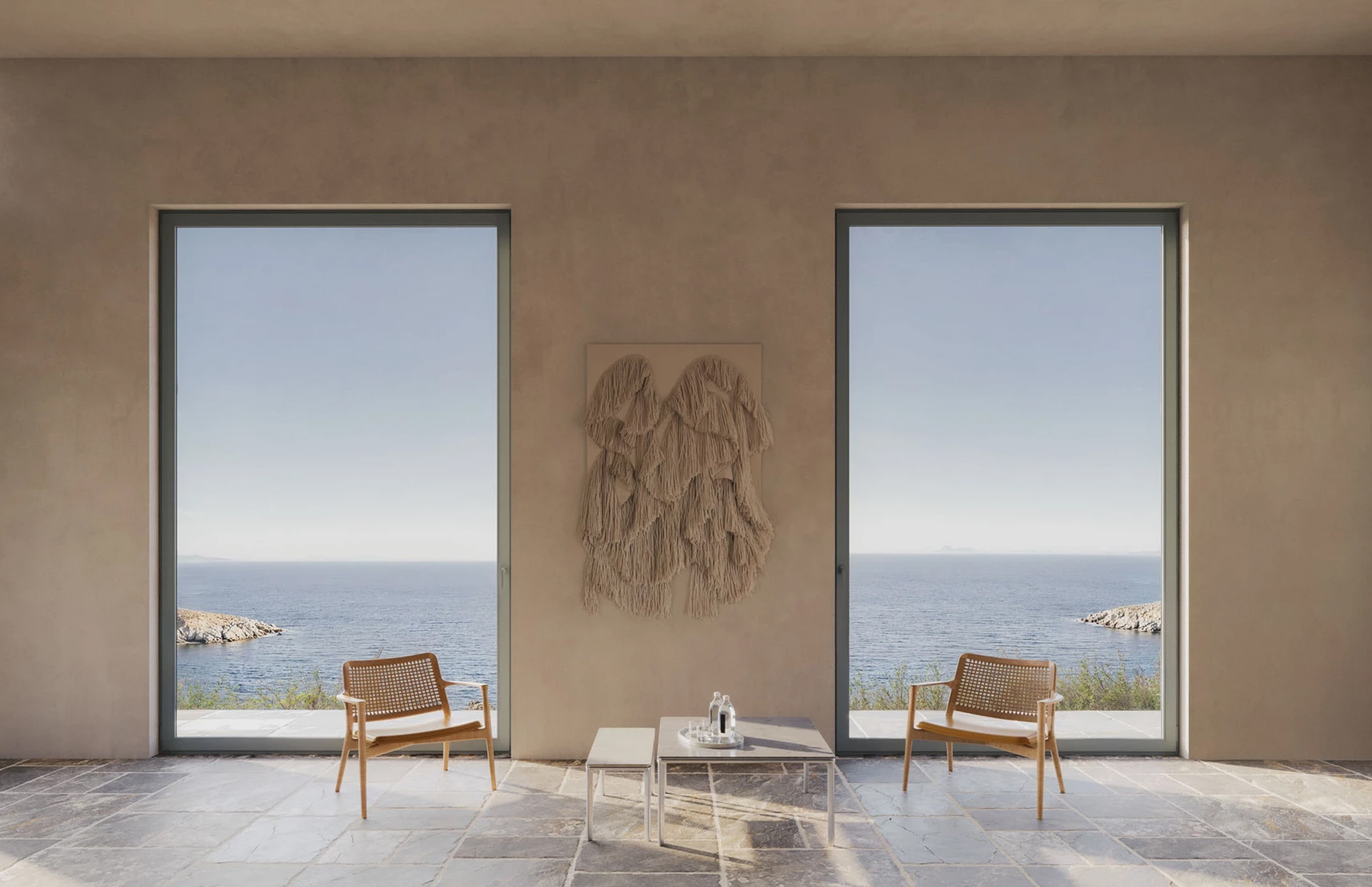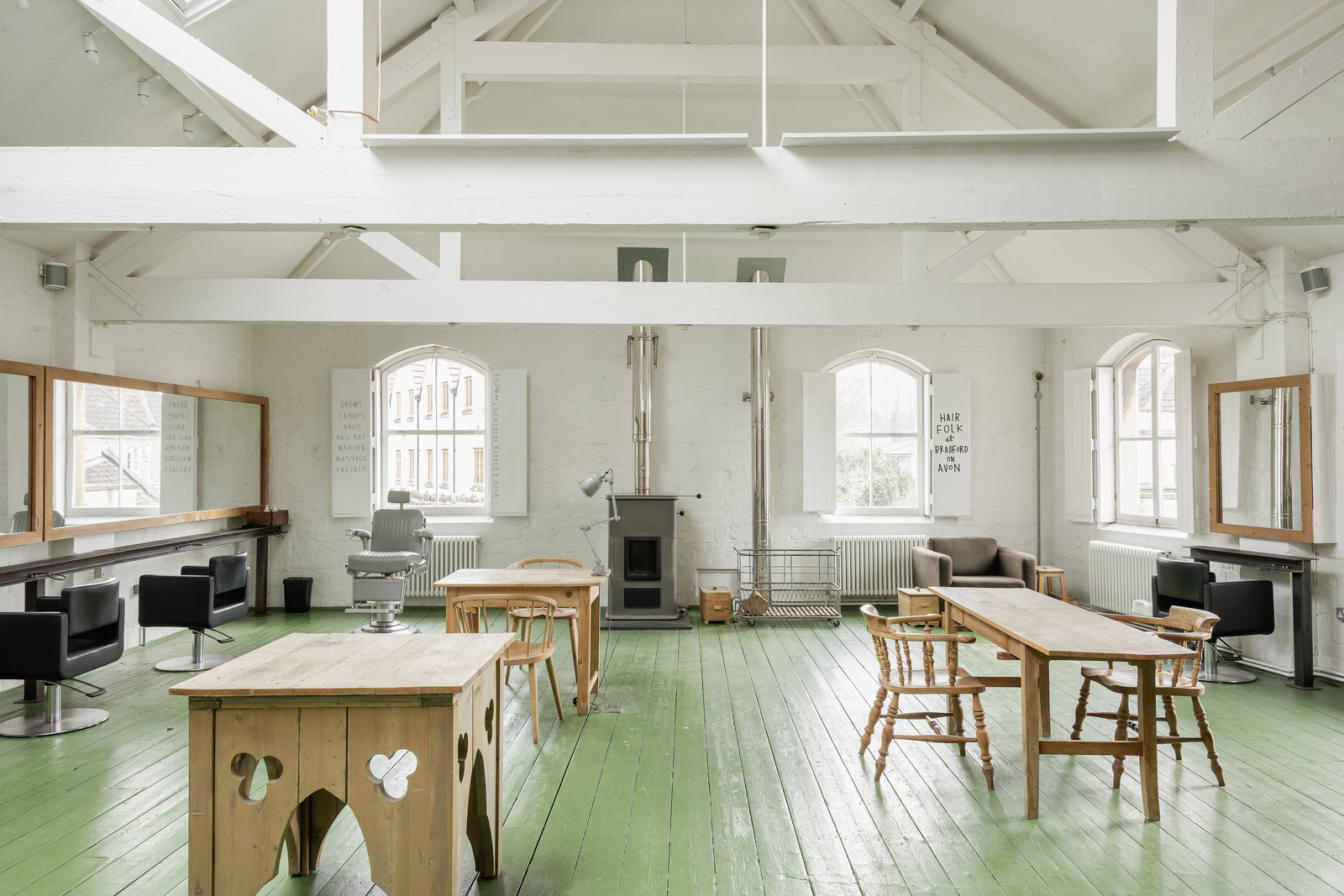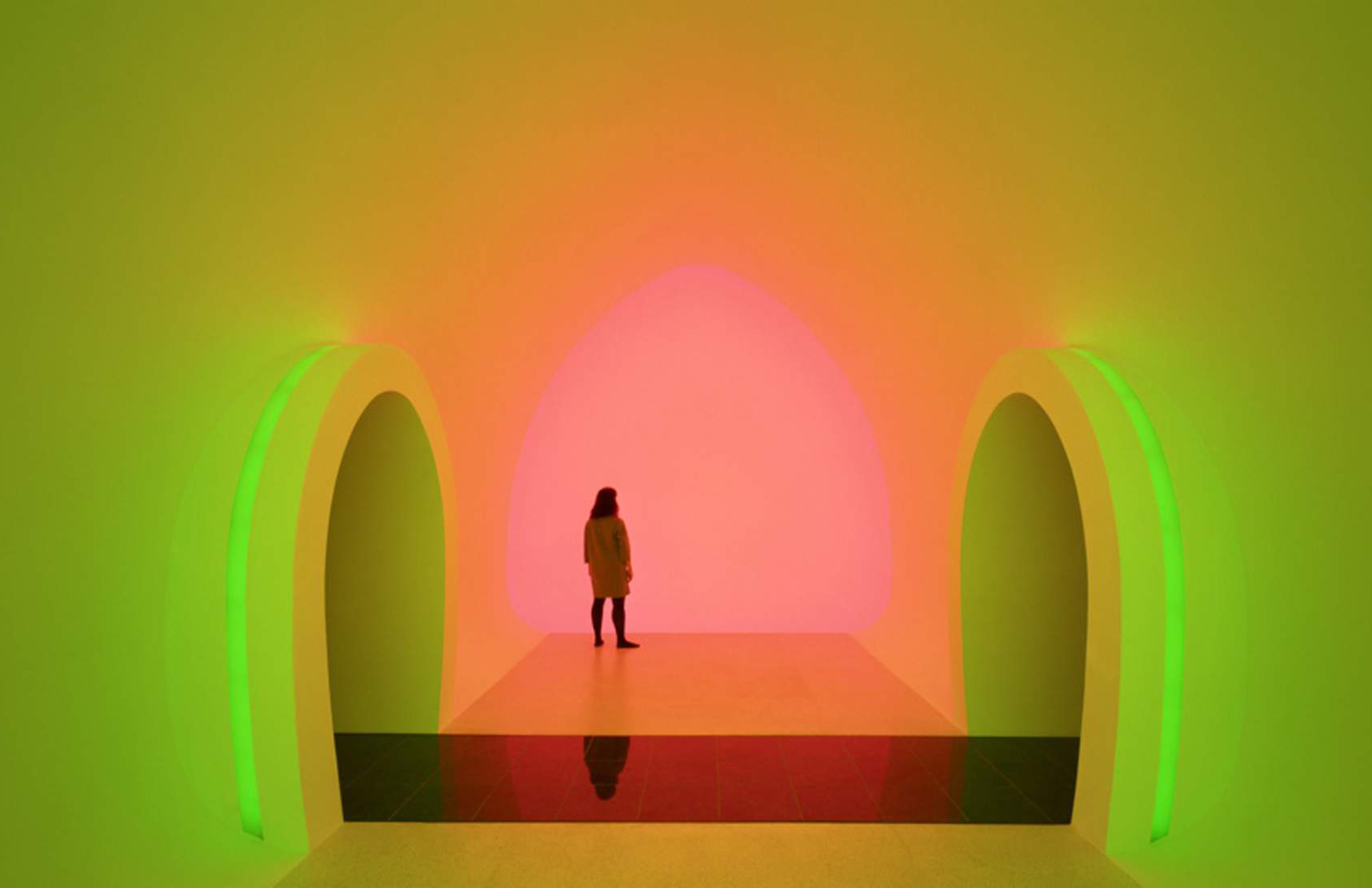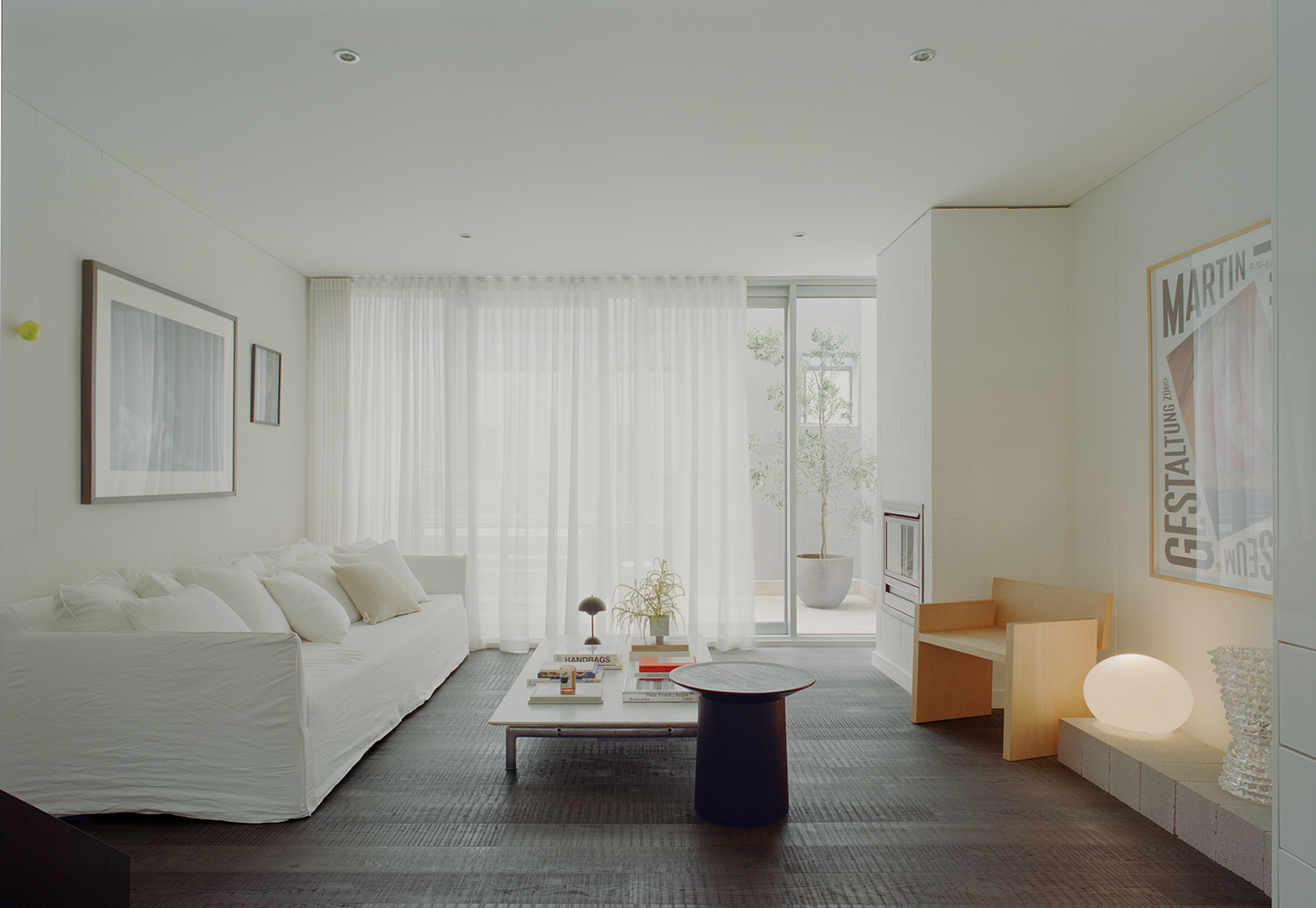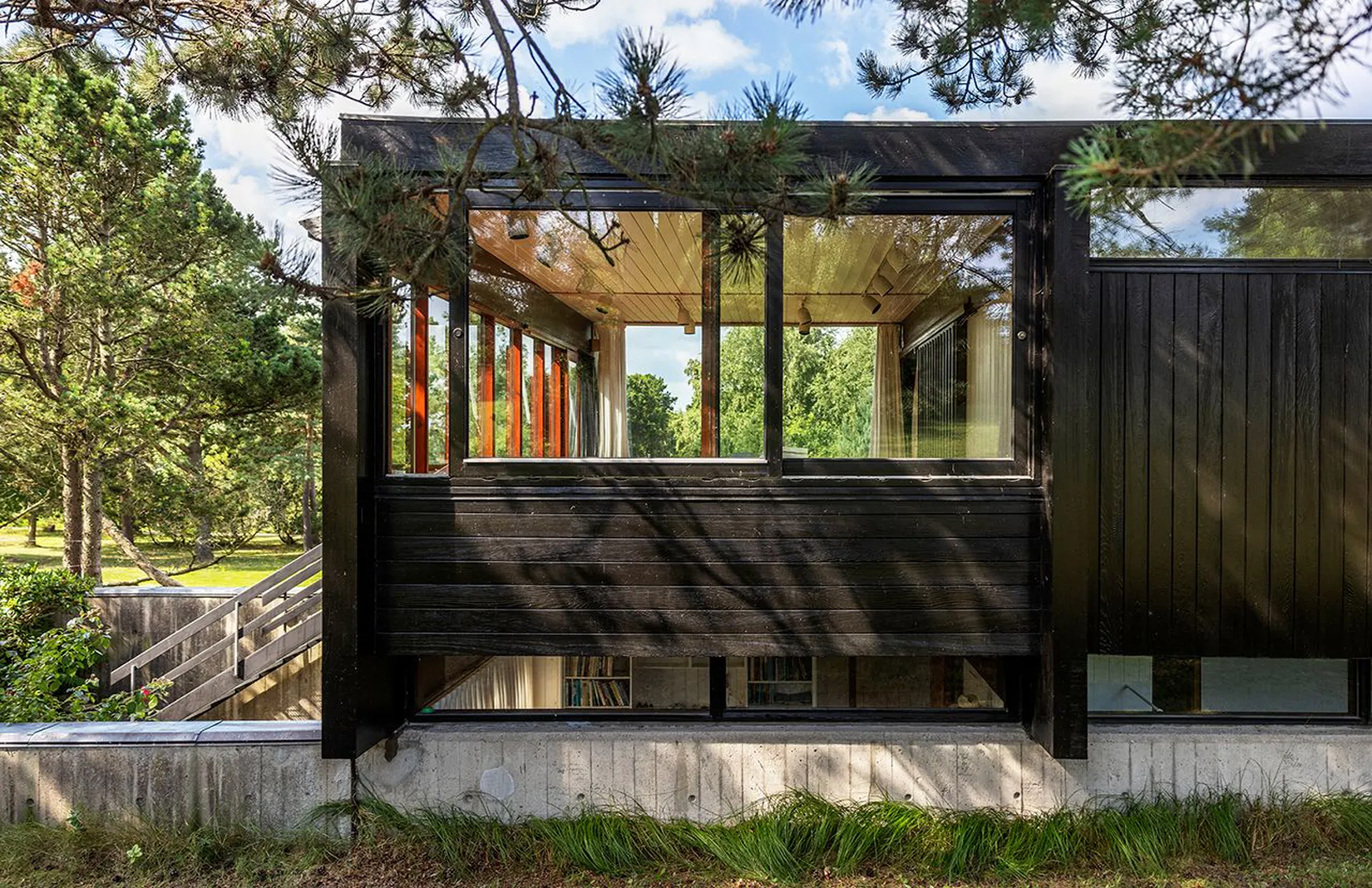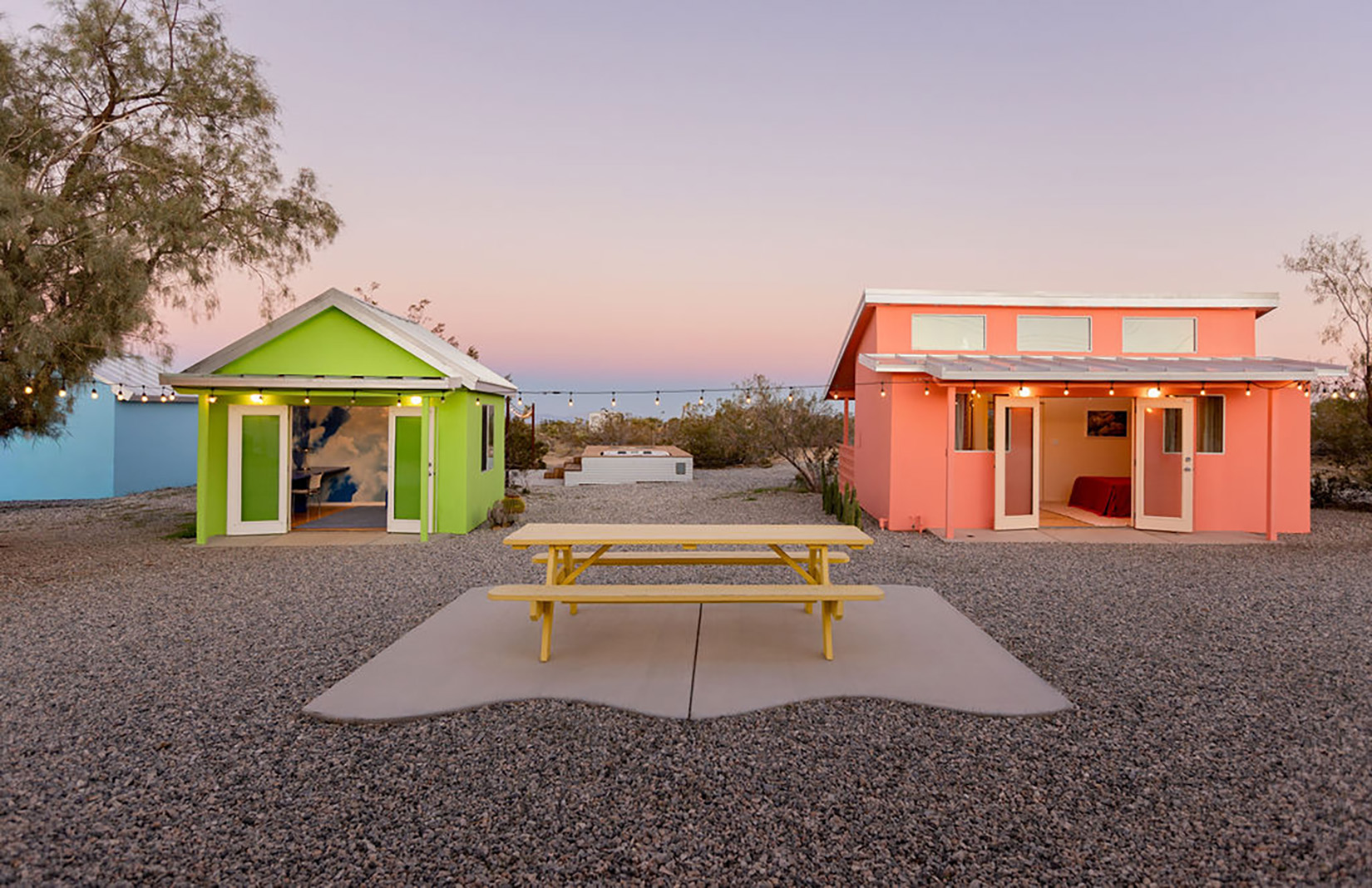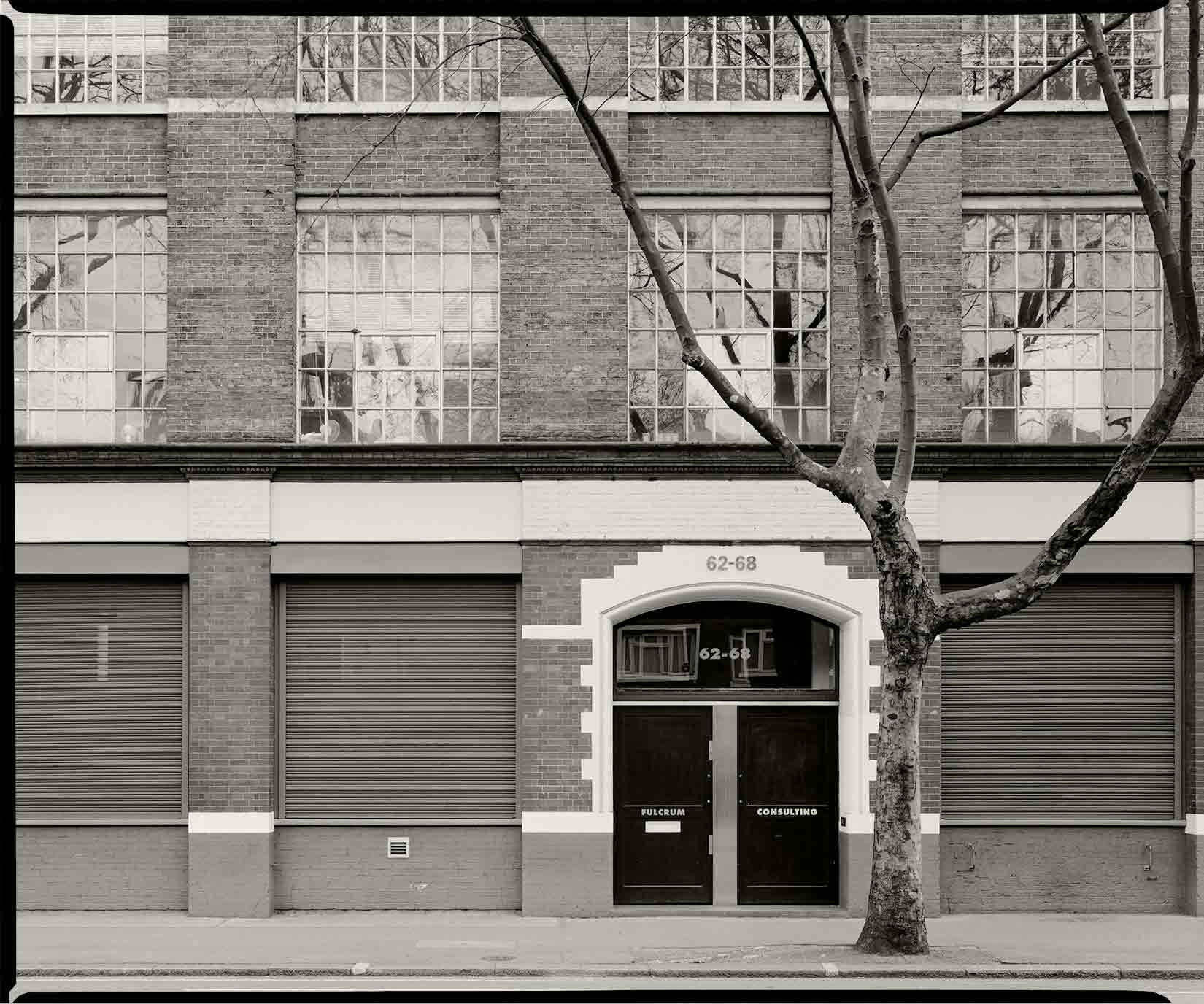
Islington has been home to 40 picture houses since the invention of cinema in 1895. Today, however, only three remain.
The birthplace of early film pioneer Robert W Paul, Islington was also where the inventor first demonstrated his Theatrograph projector – the same night that the Lumière brothers debuted theirs elsewhere across town.
But over the 20th century, the area’s movie theatres – from spectacular Art Deco ‘super cinemas’ to ‘pop-up’ penny-gaffs – have made way for petrol stations, mini-marts and stores.
Dig a little deeper, however, and the spectre of these cinemas lingers on.
Artist Sam Nightingale evokes these ghosts in his series, Islington’s Lost Cinemas. Combining photography and research, his project ‘activates “spectral spaces” by bringing to the surface the histories embedded in a building or its site.’
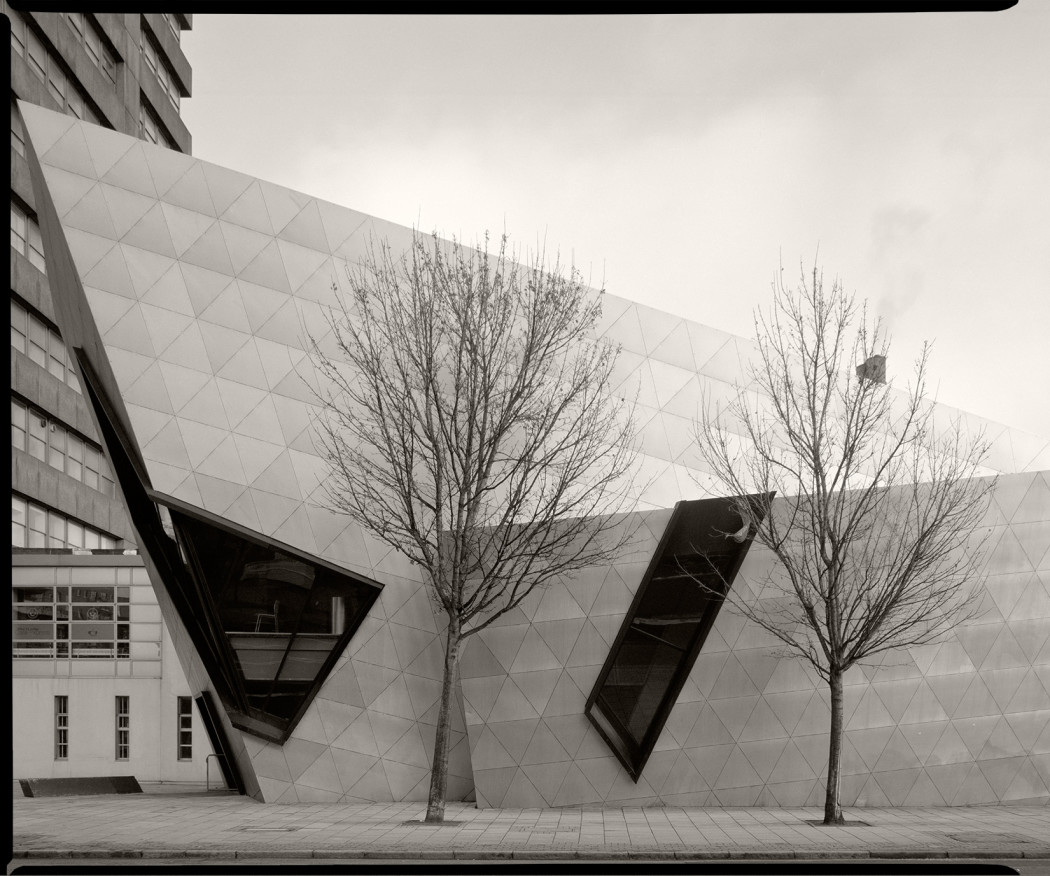
Holloway Grand Pictures cinema opened in 1913. The imposing building – flanked by two battlement-like towers – closed in 1961 and was demolished to make way for Metropolitan University’s award-winning Graduate Centre (pictured), designed by architect Daniel Libeskind. Photography: Sam Nightingale (c) All rights reserved
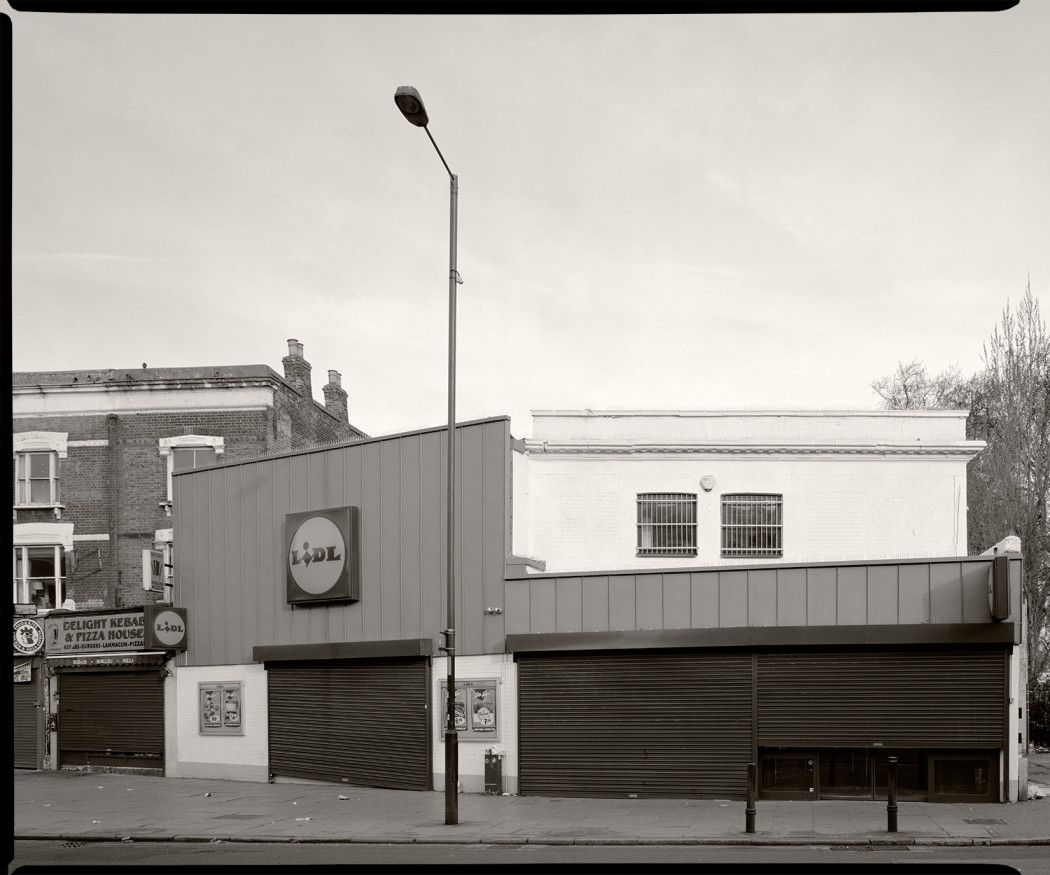
Finsbury Park Cinematograph opened on Seven Sisters Road in 1909 and was Islington’s first purpose-built cinema. In 1923, it hosted one of the first UK demonstrations of ‘sound-on-film’. The building changed hands several times over its lifetime, and finally closed in 1958. The site is now a Lidl supermarket. Photography: Sam Nightingale (c) All rights reserved

‘Perfectly projected! Perfectly heated! Perfectly ventilated!’ and ‘Perfectly seated!’ So adverts for The People’s Picture Playhouse on Skinner Street boasted. Opened in 1913 (with grand ambitions that bellied its moderate size), locals remember it more as a ‘fleapit’ cinema than a ‘picture palace’. It changed name in the 1920s and then again in 1951, when it became The Rio. It closed in 1955 and was demolished to make way for the building of the Finsbury Estate in 1968. Photography: Sam Nightingale (c) All rights reserved

Today, there’s almost no trace of Ideal Cinema on Bowman’s Place. Built in 1912 – and designed by local architects Lovegrove & Papworth, who also built the nearby Electric Vaudeville and Victoria Cinematograph Theatre – it closed just 5 years later in 1917, after the building fell into ‘working’ disrepair, and presented itself as a fire-hazard. The building was used as a gramophone warehouse for a number of years before it was finally demolished. Photography: Sam Nightingale (c) All rights reserved
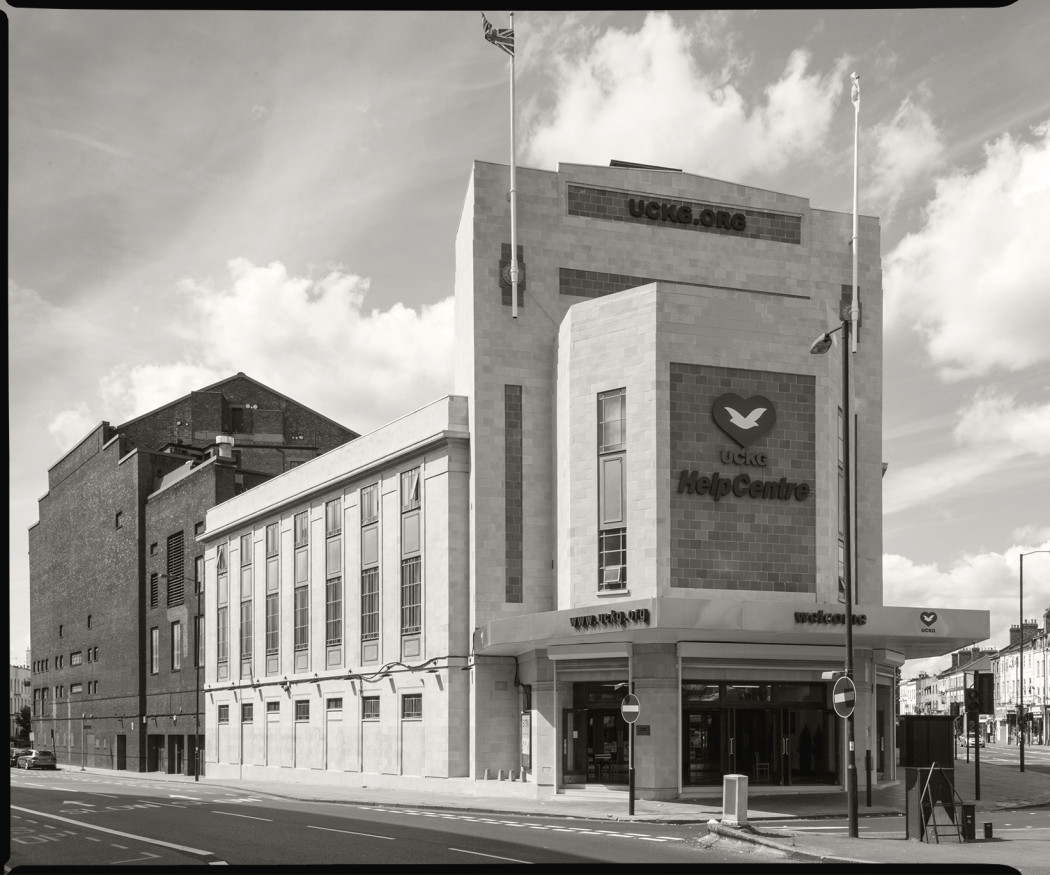
The Grade II-listed Astoria opened in September 1930. The auditorium could seat 3,000 people, and was fitted out extravagantly as a re-creation of a Spanish palace. Television’s popularity in the post-war period effectively put the kibosh on the Astoria’s run as a cinema – it closed in September 1971 after a 41 year inning – but the building has enjoyed various reincarnations since. Two months after closing, it reopened as a ‘rock venue’ called Rainbow, and is now as a church (complete with restored original interiors). Photography: Sam Nightingale (c) All rights reserved
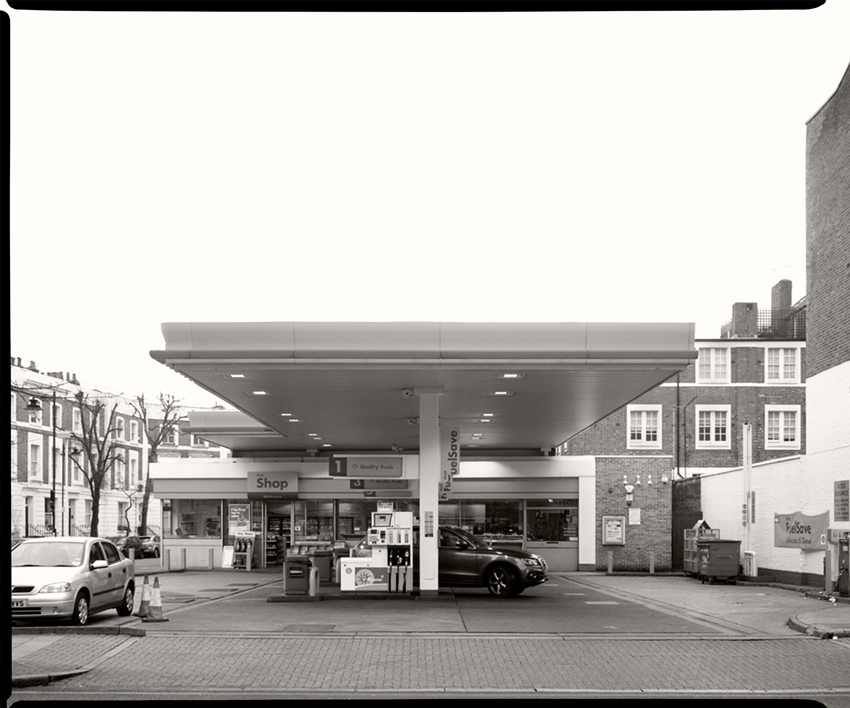
Built by architects Gray & Webb in 1859, The Lido started life as the Vestry Hall for the Parish of St Mary, Islington. It was later the Town Hall and converted into a cinema in 1928. The Art Deco-style cinema seated 642 people in the stalls and 496 on the balcony. It was renamed Odeon in 1936, and closed in 1961. The building was later demolished to make way for a petrol station, which still occupies the site. Photography: Sam Nightingale (c) All rights reserved
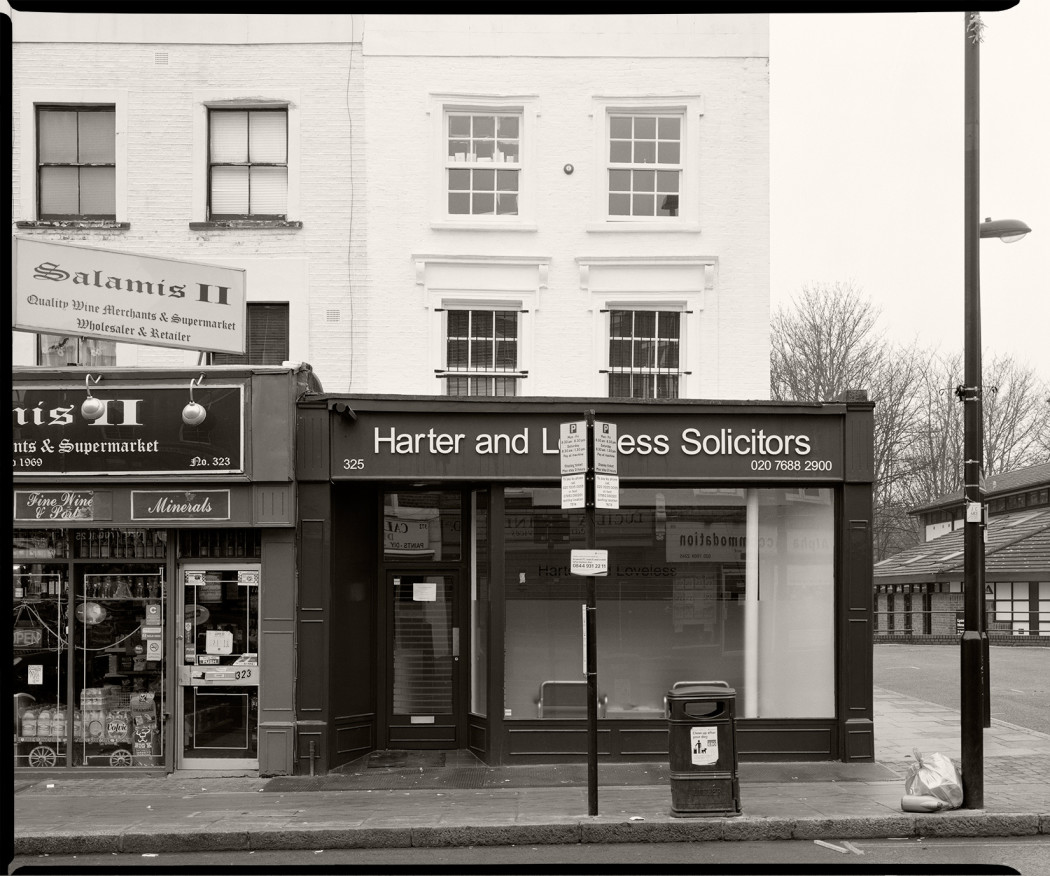
325 Caledonian Road is now a solicitor’s office, but when it opened in 1909 as a The Variety Picture house, it was a ‘penny-gaff’ – a cheap and cheerful budget cinema. It managed to stay in business until 1915 (surviving the crack-down on poor quality cinemas that followed the 1909 Cinematograph License Act, for a few years at least). Photography: Sam Nightingale (c) All rights reserved
Continues the artist: ‘Virtually all these cinemas have been submerged into the urban fabric of the city – however, to me, that doesn’t mean they are no longer there. I just have to find a way to reveal their traces.’
Shot in large format, these black and white images pay homage to Islington cinema’s halcyon days before the arrival of technicolour and the onset of two world wars.
Is this just a trip down memory lane? Or an important study of our urban environment. We spoke to Nightingale to find out more.
Why were there so many cinemas in Islington in the early 20th century?
Islington has always been a place where people live and go to for entertainment. But Islington at the turn of the 20th century was a very different place economically – there was a lot of poverty. Cinemas (often called ‘the poor man’s theatre’) offered a space to escape the realities of life, and discover fantasy and glamour. You could buy a ticket and stay all day – and later, during WWII, watching newsreels at the cinemas was how people learnt what was happening in Europe.

Were these cinemas purpose built, or did they take over existing buildings?
Many evolved from music halls and variety theatres. They were the first venues to show film in Islington and animated photography or ‘flicks’ and, as they became more popular, lots of these venues were converted into full-time theatres.
They were a good choice for film as they could accommodate large audiences, and later, when sound was introduced, these spaces offered good acoustics.
At the other end of the scale, penny-gaffs and flea-pits dotted Islington’s streets: in the early 1900s many entrepreneurs took advantage of the cinema craze by setting up temporary cinemas in converted shop fronts, like Variety Picture Palace on Caledonian Road. But the 1909 Cinematograph Act caused them to close – they didn’t meet health and safety requirements.
Of course, Islington had several ‘super-cinemas’ too – stunning, purpose-built, 1930s picture palaces, such as The Astoria in Finsbury Park, and The Carlton on Essex Road. Both are now churches.

Most of the borough’s cinemas have been demolished, now that wide-screen TVs are ubiquitous. How is the public movie-viewing experience changing?
The interest in the ‘experience’ of going to the cinema is on the increase: pop-up cinemas are popular, as well as ‘event’ cinema like Secret Cinema. It’s kind of funny that they tend to take over spaces for a temporary period, like the penny-gaffs did in the 1900s.
How much of your project is about nostalgia?
Some beautiful buildings have disappeared – but things change. I’m not interesting in mourning the loss of these cinemas in a nostalgic way. My project thinks about the past through the present, acknowledging the urban environment and the memories and histories within it.
As well as exhibiting images, Islington’s Lost Cinemas also involves walks, talks and a project site where people can contribute by sharing their memories. It’s an archive of social and cultural history of cinema in Islington.
And I’m now working on Australian Cinemas (24 Frames), a project that investigates and visually maps hundreds of historic cinemas in regional Australia. The photographs from this project accentuate the dominating force of the Australian landscape, both economically and climatically, leaving the vanishing sites of cinema in its midst.
